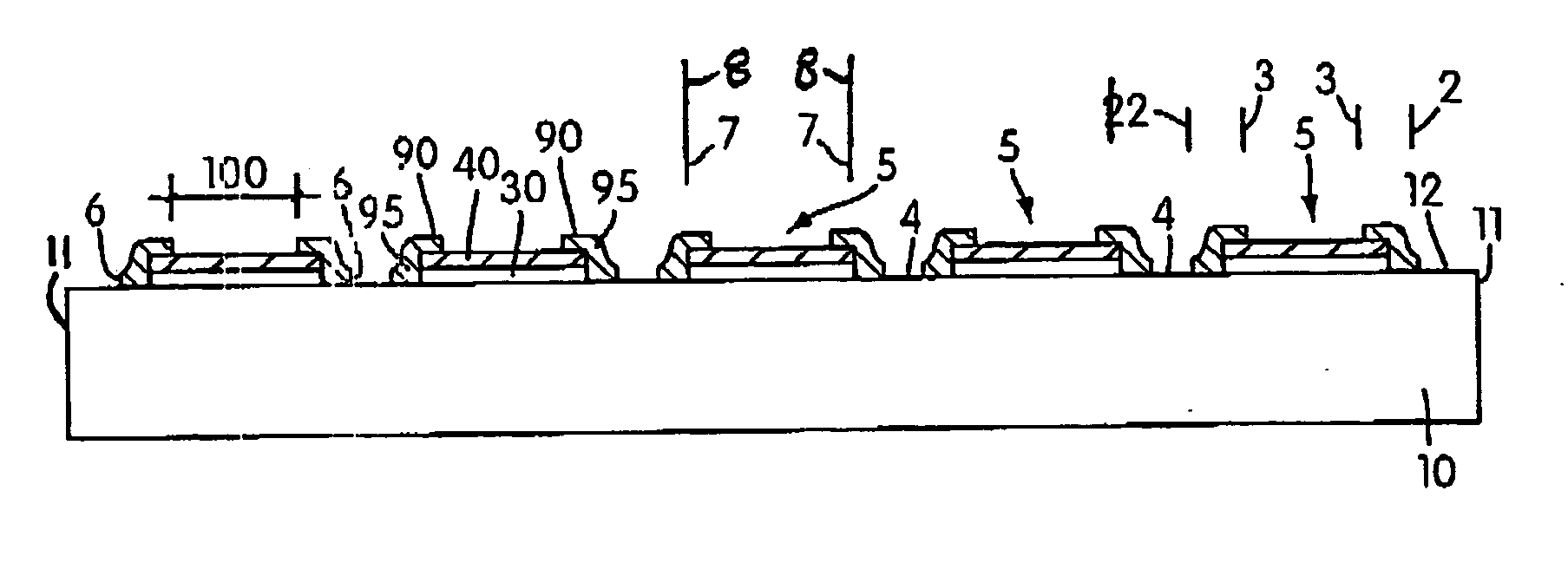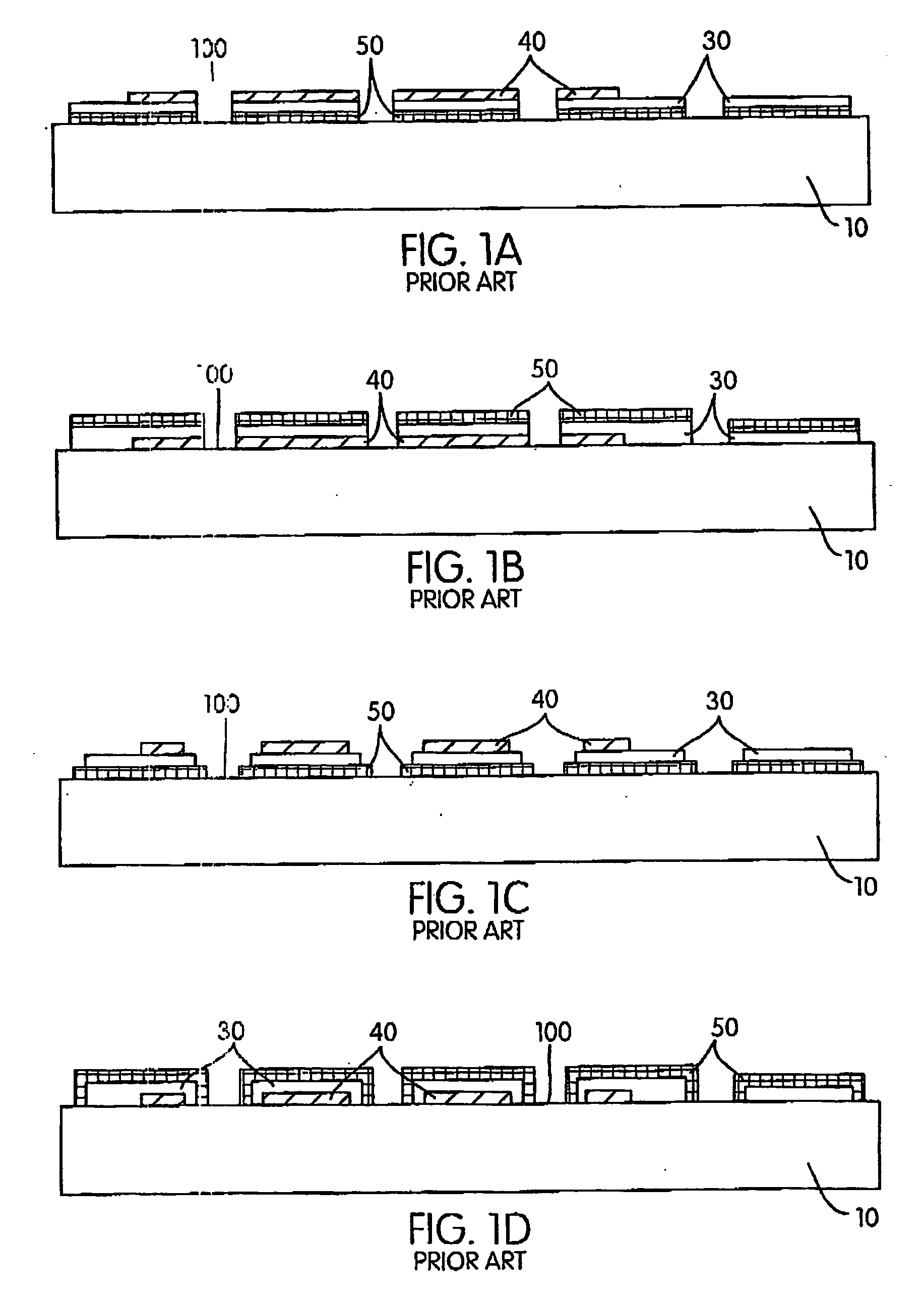Partial printing of a substrate with edge sealed printed portions
a printing portion and substrate technology, applied in the direction of printing process, duplicating/marking method, decorative arts, etc., can solve the problem of printing machine error or "tolerance", error or "tolerance" in the delivery of a substrate, and the inability to reliably produce with conventional printing methods withou
- Summary
- Abstract
- Description
- Claims
- Application Information
AI Technical Summary
Benefits of technology
Problems solved by technology
Method used
Image
Examples
Embodiment Construction
[0021] According to the present invention a panel comprises a substantially imperforate substrate and a print pattern disposed on said substrate, said print pattern being disposed on only part of said substrate and comprising at least three layers including a first layer, a second layer, and a control layer, said first layer, said second layer, and said control layer being configured and disposed such that a cross-section taken through said panel comprises two outer edges of said substrate and alternate printed portions of said substrate and unprinted portions of said substrate, each said printed portion having two outer edges, and wherein within said cross-section of said panel each of a plurality of said printed portions being constructed and arranged such that they each include a part of said first layer and a part of said second layer and a part of said control layer, said plurality of said printed portions each including two outer edges of said part of said first layer and two ...
PUM
| Property | Measurement | Unit |
|---|---|---|
| width | aaaaa | aaaaa |
| width | aaaaa | aaaaa |
| width | aaaaa | aaaaa |
Abstract
Description
Claims
Application Information
 Login to View More
Login to View More - R&D
- Intellectual Property
- Life Sciences
- Materials
- Tech Scout
- Unparalleled Data Quality
- Higher Quality Content
- 60% Fewer Hallucinations
Browse by: Latest US Patents, China's latest patents, Technical Efficacy Thesaurus, Application Domain, Technology Topic, Popular Technical Reports.
© 2025 PatSnap. All rights reserved.Legal|Privacy policy|Modern Slavery Act Transparency Statement|Sitemap|About US| Contact US: help@patsnap.com



